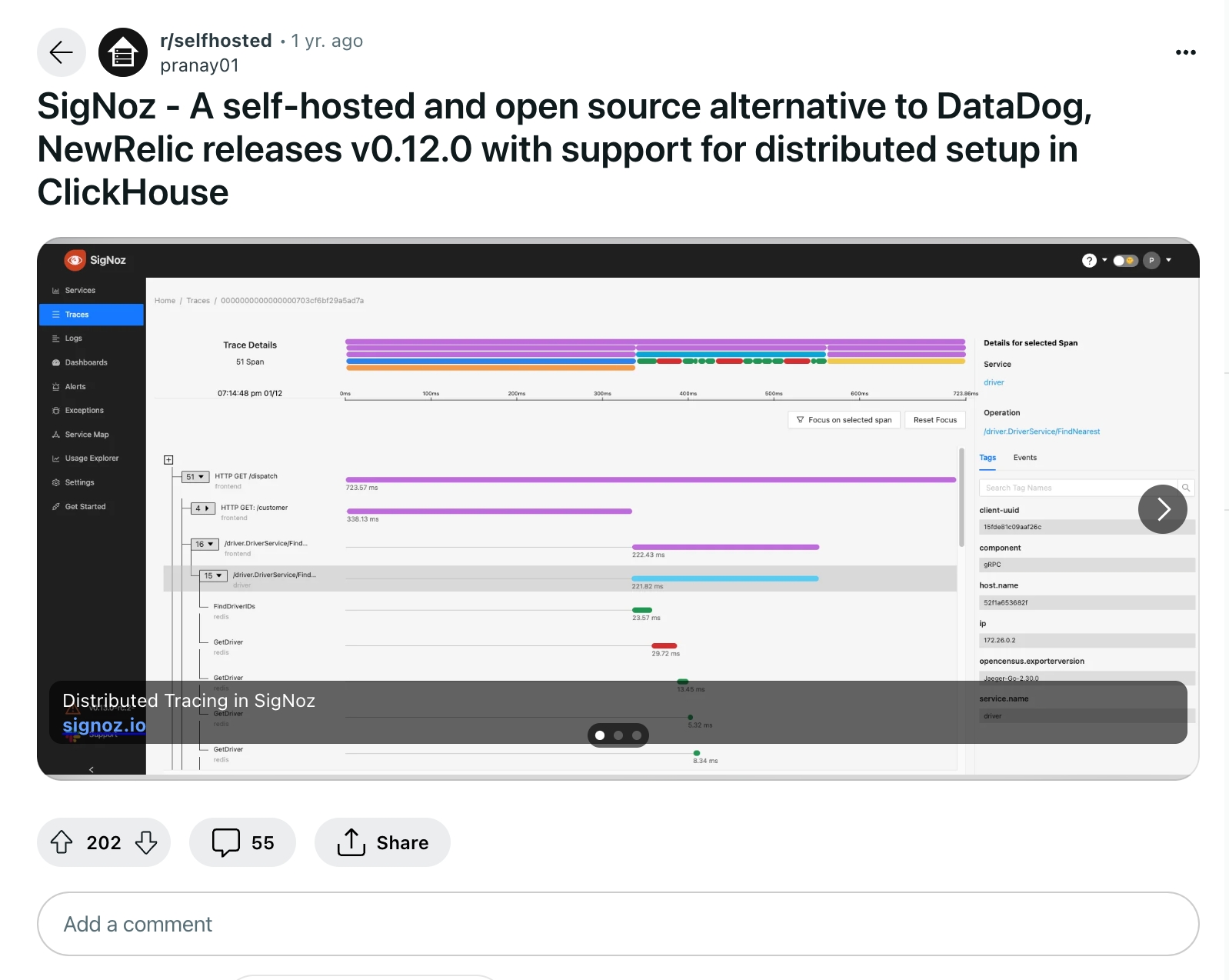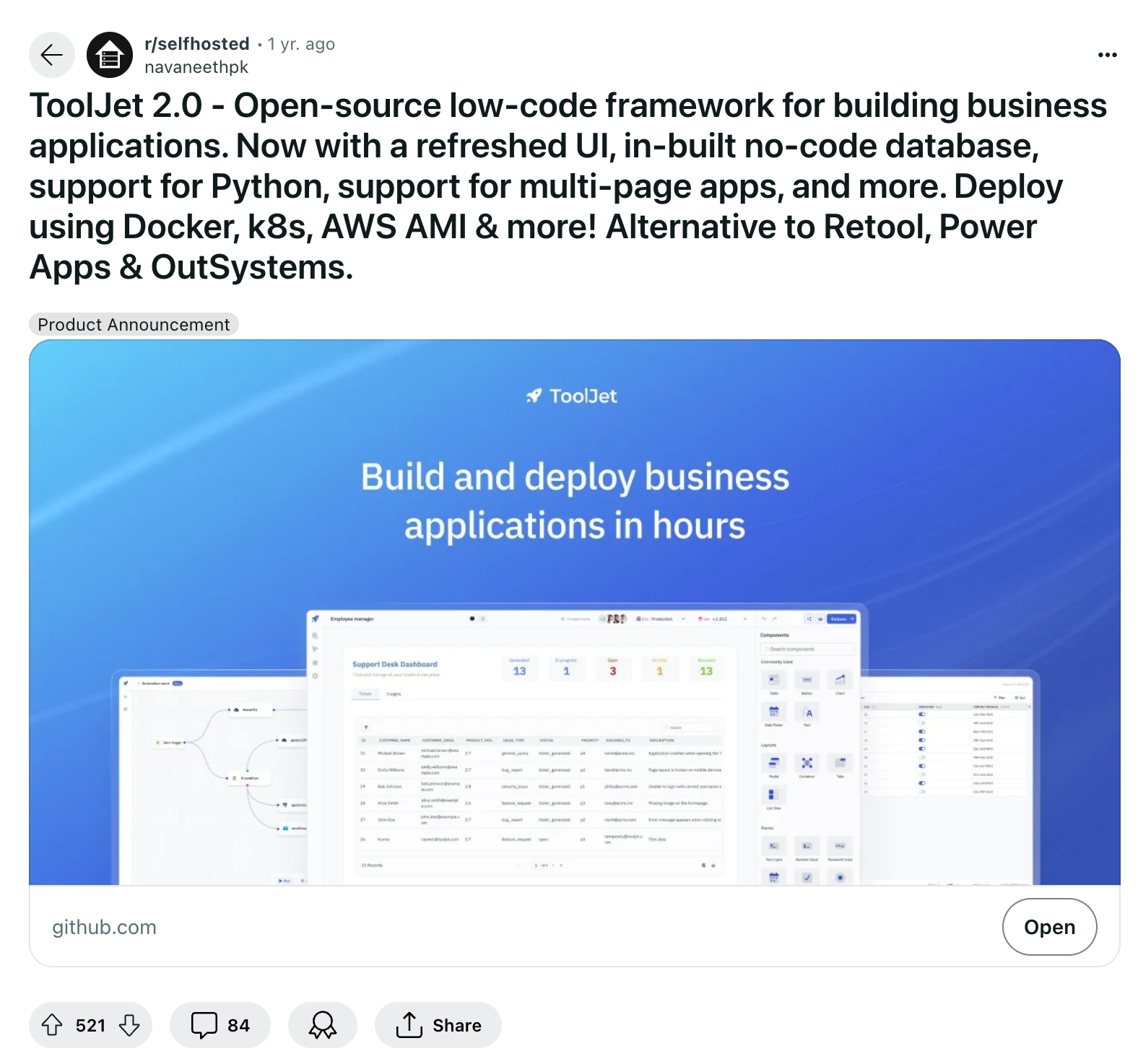👀Building in Public and Social Media
Do you have any questions, need personalized guidance, or want to share your journey in this playbook? We'd love to talk to you. Reach out to us.
As it becomes increasingly difficult to separate business and personal content on individual social media channels, it is crucial to provide social media training to all employees, regardless of whether they have customer-facing roles.
You can call your active users, or members of your mailing list, or your Twitter followers “your community,” but what’s important is whether they share that sense of identity with you.
Get your and your teams personal accounts activated:
One important note here is that usually personal posts (posted by members of the company) do better than company posts.
It seems that people want to socialize with people after all.
Build in Public:
What does building in public actually mean?
Building in public is the practice of creating content, and sharing stories with openness and transparency in order to attract like-minded people and nurture those relationships on the Internet.
To us, build in public is writing your own autobiography as a founder, creator or builder one tweet/social media post at a time.
Why does it seem to work? Why is it better than traditional marketing?
Because people (in our case, Developers) do not want to be marketed to anymore. They do not want to be sold to. So, instead of broadcasting your offering to them like a marketer, just consistently build in public and engage in an authentic dialogue with them. Speak to them, not at them.
What are the benefits to you and why should you care?
The benefits of building in public are multi-dimensional. The direct ones are:
increased traffic to your websites/landing pages
accountability (both internal and external)
braintrust/useful network for anytime you get stuck
loyal community ready when you launch any product
lightning-fast feedback loops
access to crowdsourced resources
Here's more - https://assets.super.so/ebae4284-2672-4936-a76f-e65ca613a6b6/files/111e20bd-6a6d-411f-b425-ded8eaec345b.pdf
My #1 early stage founder tip: Your startup is dead by default (to people who have millions of things going in their lives). It is your job daily to resurrect it & make it worth remembering by telling stories, building in public, offering value etc.
-KP
We've identified Twitter, LinkedIn, and reddit as the best social media platforms for developers. Tiktok and Instagram can be great platforms to experiment with.
Twitter - more dev focused
What to tweet about:
Figure out which devs you are talking to exactly. Who is your ideal user? What do they relate to?
Create content that relates to your ideal user (duh). Ideally, find that ideal user in your company and put that person in charge of your social media. Srsly, if you could get Supabase results for your company it could have 10x the impact of implementing a feature or something. But more realistically get that ideal user to review the stuff you are creating.
Make your tweets more visual, more attention-grabbing in the Twitter feed. Doesn’t matter if it is a product announcement, a blog promotion, or whatever. You can make it pop.
Create a mix of entertainment, product info, product education, and promotion.
Have some fraction of content that connects emotionally. Devs like memes. So that is probably a good place to start. But if your brand guidelines say “no memes” you can probably still do snarky jokes or funny graphics.
Retweet whatever positive, whoever is saying about your brand.
Create a build-up for events. And make things more eventful, special, and worth waiting for.
Every single one of those tweets is a missed opportunity to link to your great content.
How to tweet about your product:
Use tech jargon - A big benefit of using tech jargon is that it signals that you are part of the tribe.
Retweet everything about your product and community.
Product Updates: Share news about updates, new features, bug fixes, or improvements to your product. Developers appreciate staying informed about changes that affect their workflow.
Tutorials and How-Tos: Create and share tutorials, guides, and how-to videos demonstrating different ways developers can use your product to solve common problems or achieve specific tasks.
Code Snippets: Share useful code snippets, examples, or templates that showcase how your product can be integrated into different projects or used to streamline development tasks.
Case Studies: Highlight success stories or case studies from developers or companies that have used your product to overcome challenges or achieve their goals.
Industry News and Trends: Share relevant news, articles, or insights about industry trends, emerging technologies, or best practices that are of interest to developers.
Here are some build in public tweet ideas:
Below are 8 simple and proven tweet templates to get you going on posting an update on X. Feel free to re-use and remix them as you wish!
#1 Post a “Before and After” or “Then and Now” update
#2 Share a “behind-the-scenes” update
#3 Share your epic fails
#4 Share your shower thoughts
#5 Share lessons you learned the hard way
#6 Celebrate wins (small or big)
#7 Post interesting open-ended questions
#8 Share simple but tactical tips from your experienceLinkedIn: More business cases and thought leadership (buyer focused)
Make sure you and your team engages from their personal accounts - it definitely ads to your story
Keep a good mix of personal and professional content - share personal and professional wins both.
it’s the new résumé - for your company too - make people connect emotionally
Focus on a Few Topics You Know Really Well
Many of the most popular people on the internet simply remix information. When this happens, everybody wins: Readers get to learn, you get website traffic, and authors get more visibility. Take existing ideas and remix them in productive ways.
- David Perell, How to Write More
If you’re new to writing, focus on two to three topic areas that you know really well and write several different variations on each theme. By focusing on the same ideas repeatedly, you’ll start to clarify your vision and get markedly better at getting your point across. Don’t worry about originality because as you write more, you’ll start to put your unique spin on these topics.
2. Support a Single Thesis
Written arguments often fail when they employ ranting rather than reasoning.
- Tara Horkoff, Writing for Success
One of the easiest ways to stay on topic when you write something is to continue revisiting and refining a single thesis or core idea. Try to cut any content that doesn’t directly support that thesis so that you make your point clear and avoid distracting readers. Build your argument throughout the piece and then re-emphasize the point again at the end.
3. Organize Before Writing
One of the biggest barriers new writers face is the blank page. Without a guide, it’s easy to let your piece turn into a random rambling of ideas and get frustrated when it doesn’t come together.
The simple solution is to start with an outline. Once you have that, you can start to fill in details, look for sources to support your points, and decide on reasonable breaking points between ideas.
4. Make it Personal but Use Evidence
While thought leadership writing should be personal, supplementing your personal experiences with data, quotes, and linked sources will help your work seem less subjective and help you build credibility. Providing data points from well-known sources (such as from published research or credible, well-known media outlets) to back up what you say not only strengthens your point, but can also serve as a form of buyer enablement. Not everyone who reads your content may have the ability to approve budgets. So, building credible, data-supported content may eventually help your readers write a business case to their boss one day.
You can break up long stretches of conjecture with stories, examples, and supporting evidence to add authority and variety to your writing. Great writers know how to give a reader context, allowing them to establish their own opinions while building appreciation for yours.
Here are some additional reads:
LinkedIn Company / Business Page Best Practices with Examples from ShivarWeb staff.
Company Page Best Practices with Page Examples via LinkedIn.
LinkedIn Analytics for Company Page by Hootsuite team.
LinkedIn Ads: Step-by-Step Tutorial by AdEspresso team.
How to Advertise On LinkedIn Effectively by Nate Shivar.
The Ultimate Guide to LinkedIn Conversion Tracking by Tom Whiley.
5 tactics which can help reach your ideal audience and increase conversion rates. Written by Michael McEuen.
Reddit and other communities:
If there’s a subreddit focused on technology closely related to your user base, make sure you’re active there. If you can’t participate in person, use tools like Syften for social listening around your product, problem, or category keywords. Ensure that when people search on Reddit for “{your product} review” or “best tools for x,” your product is mentioned. Additionally, many developers search “X Reddit” on Google.
This is a really nice example of how to do it right:
Start with an interesting, attention-grabbing but not yet a clickbaity title.
Say who you are and why you have something (new) and valuable to say here.
Go straight to the point, to the (technical) value. I like the obvious numbered list delivery.
Drop emojis, bolding, and extensive formatting if you want to "keep it real".
Make sentences short. Cut all the fluff. State your opinions and facts "as they are".
Do implicit CTA. Drop the explicit one but hint at something that those interested may want.
Instagram reels and Tiktok collaborations are working well:
Example: Jam.dev
 Jam took an innovative approach to social media platforms such as TikTok and Instagram. They usually post startup-related video content which helps them reach a larger audience but once in a while, they do partnerships with other content creators in the dev ecosystem. They've noticed a great spike in new signups from these partnerships.
Jam took an innovative approach to social media platforms such as TikTok and Instagram. They usually post startup-related video content which helps them reach a larger audience but once in a while, they do partnerships with other content creators in the dev ecosystem. They've noticed a great spike in new signups from these partnerships.
 Jam took an innovative approach to social media platforms such as TikTok and Instagram. They usually post startup-related video content which helps them reach a larger audience but once in a while, they do partnerships with other content creators in the dev ecosystem. They've noticed a great spike in new signups from these partnerships.
Jam took an innovative approach to social media platforms such as TikTok and Instagram. They usually post startup-related video content which helps them reach a larger audience but once in a while, they do partnerships with other content creators in the dev ecosystem. They've noticed a great spike in new signups from these partnerships.Example: How Pranay (Co-founder) posted about Signoz on Reddit

Example: How Navaneeth (Founder) posted about Tooljet on Reddit

Additional reads:
How to Promote on Reddit without Getting (Shadow) Banned or Deleted by Vyper.io team.
My Experience & 9 Ideas for Advertising on Reddit by Nate Shivar.
How To Make Your First $1,000 with Reddit Ads by Ryan Luedecke. It's an old, but super informative tutorial.
The Reddit Ads Experiment: What We Learned for $250 by Alex Berman. Spoiler: "we got a clear confirmation that the Reddit community is still Ad-proof and smells/ignores promoted posts".
How to Build a Passionate Fanbase with Reddit by Ana Gotter.
Another interesting case: How To Use Reddit For SEO & Content Marketing Research by Nate Shivar.
Was this helpful?

